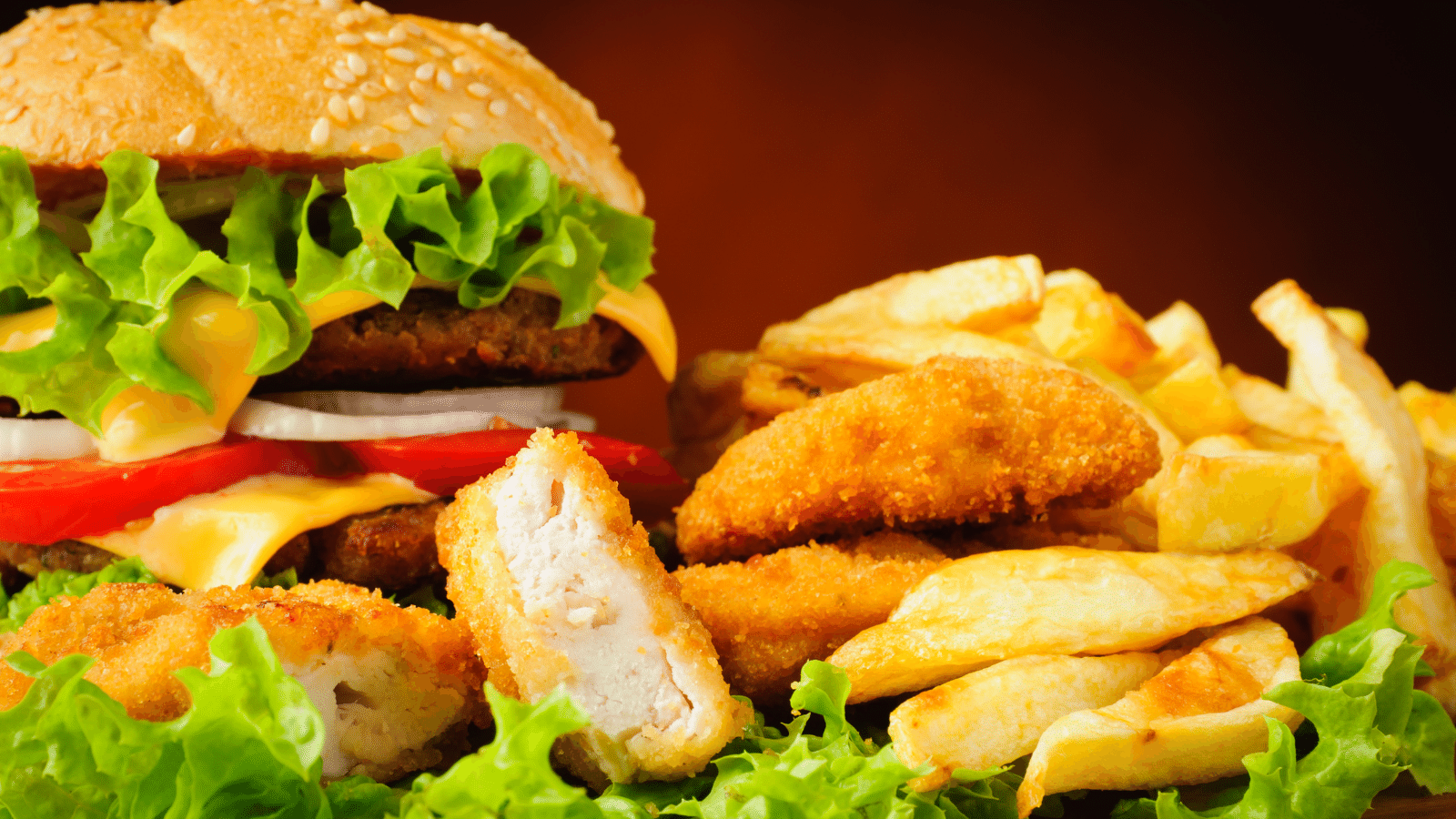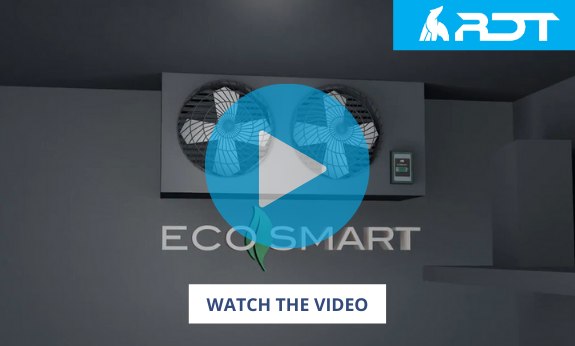
Compared to other commercial spaces that are similar in size, quick service restaurants (QSRs) on average consume more energy per square foot than different types of commercial businesses. One main reason is the need to store foods and ingredients in walk-in coolers and freezers, a need that requires a significant amount of electricity. When refrigeration fails, it can be costly in different ways. Freezer burn, for example, can lead to food waste, leading to lost revenue.
Waste Is the Biggest Enemy of Profit
QSRs keep roughly $10,000 worth of refrigerated or frozen inventory on hand at a time. Significant food inventory loss can occur when a walk-in door is left open, the power goes out, or a compressor malfunctions. Because we waste nearly 40 percent of our food supply, for a majority of reasons unrelated to refrigerated storage, it's essential to do what we can with commercial refrigeration technology to prevent food waste.
Food waste isn't the only type of waste, however. Operators can also waste money by spending too much to run commercial refrigeration that consumes excess energy. On-demand defrost, for example, is a much more efficient way to operate a commercial freezer than a defrost mechanism that runs solely on timed cycles, often when they're not needed at that particular moment. Other outdated practices that waste money include locating compressors inside commercial kitchens. Both of these can potentially cost significant amounts of money for restaurant operators.
Technology Ensures Freshness
One way to help monitor food supplies to prevent food loss and reduce electric bills is with advanced technology such as remote temperature tracking. An electronically operated evaporator controller which reduces energy usage in commercial walk-in refrigerators and freezer units, the RDT Eco-Smart system provides operators with real-time updates, including email and text alerts for any unusual activity.
Operators can respond to problems or change refrigeration settings worldwide as long as they have internet access. Eco-Smart enables on-demand defrost reduced compressor runtime, and reduced fan cycling. The data provided also allows technicians to make faster service calls and helps businesses stay compliant. All of this saves restaurants critical time and money.
How the RDT Eco-Smart Controller Works
The Eco-Smart uses algorithm intelligence combined with temperature sensors to identify frost buildup on the evaporator. The controller can either initiate a defrost or fan cycling as needed. This provides up to 50 percent savings in energy.
Updated technology reduces electricity bills, and improved refrigeration safeguards food inventory from spoiling. And the alarm feature prevents food from going to waste from any accident or emergency. Data collected from the system notifies operators if anything’s awry with data, and alerts are sent directly to operators’ phones and emails. The budget saved from a restaurant updating its technology means that the RDT Eco-Smart controller pays for itself, often within 12 months.
Click below to watch a video and learn more about how Eco-Smart can help your quick service restaurant save money.




